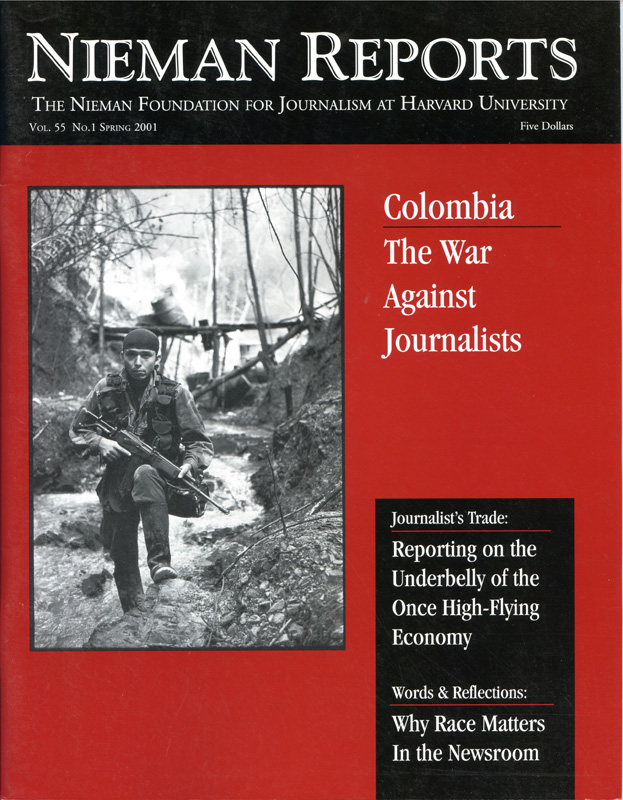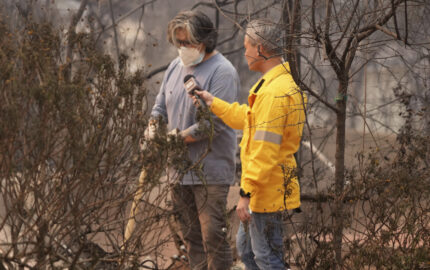In a series of interviews with staff members of network news, former broadcast executive Av Westin uncovered ways in which racial bias impacts decision-making about the content of news. He published his findings in “Practices for Television Journalists” (Freedom Forum, 2000), and he shares with us subtle and not-so-subtle experiences that illuminate how this happens. Gregory M. Branch and Claudia L. Pryor, both African-American news producers, echo Westin’s observations by chronicling the workplace situations that persuaded each to leave a network job and form an independent documentary production company called Network Refugees, Inc.
Erna Smith, interim programs director at the Maynard Institute for Journalism Education, explores how newsroom diversity is connected with decisions about news content and, in turn, with the newspaper’s credibility. Arlene Notoro Morgan, who directs the Let’s Do It Better program at the Graduate School of Journalism at Columbia University, writes about the program’s recognition of well reported stories about race and ethnicity and the learning opportunities these efforts present. Angelo B. Henderson, a Wall Street Journal senior special writer, describes how his editors value “my difference and my lens” by urging him to use his African-American perspective to bring fresh stories to Page One. Steve Corrigan, editor of Closeups section of the Savannah Morning News, writes about Neighborhood Newsroom, his paper’s approach to publishing more stories written by African Americans. A Neighborhood Newsroom graduate, Margaret Bailey, a former pipefitter, lets us know about her journey. And DeWayne Wickham, a columnist for USA Today and the Gannett News Service, spotlights the failure—exhibited by most members of the press—to investigate charges of voting problems in black communities in the presidential election in Florida.
Erna Smith, interim programs director at the Maynard Institute for Journalism Education, explores how newsroom diversity is connected with decisions about news content and, in turn, with the newspaper’s credibility. Arlene Notoro Morgan, who directs the Let’s Do It Better program at the Graduate School of Journalism at Columbia University, writes about the program’s recognition of well reported stories about race and ethnicity and the learning opportunities these efforts present. Angelo B. Henderson, a Wall Street Journal senior special writer, describes how his editors value “my difference and my lens” by urging him to use his African-American perspective to bring fresh stories to Page One. Steve Corrigan, editor of Closeups section of the Savannah Morning News, writes about Neighborhood Newsroom, his paper’s approach to publishing more stories written by African Americans. A Neighborhood Newsroom graduate, Margaret Bailey, a former pipefitter, lets us know about her journey. And DeWayne Wickham, a columnist for USA Today and the Gannett News Service, spotlights the failure—exhibited by most members of the press—to investigate charges of voting problems in black communities in the presidential election in Florida.



